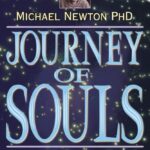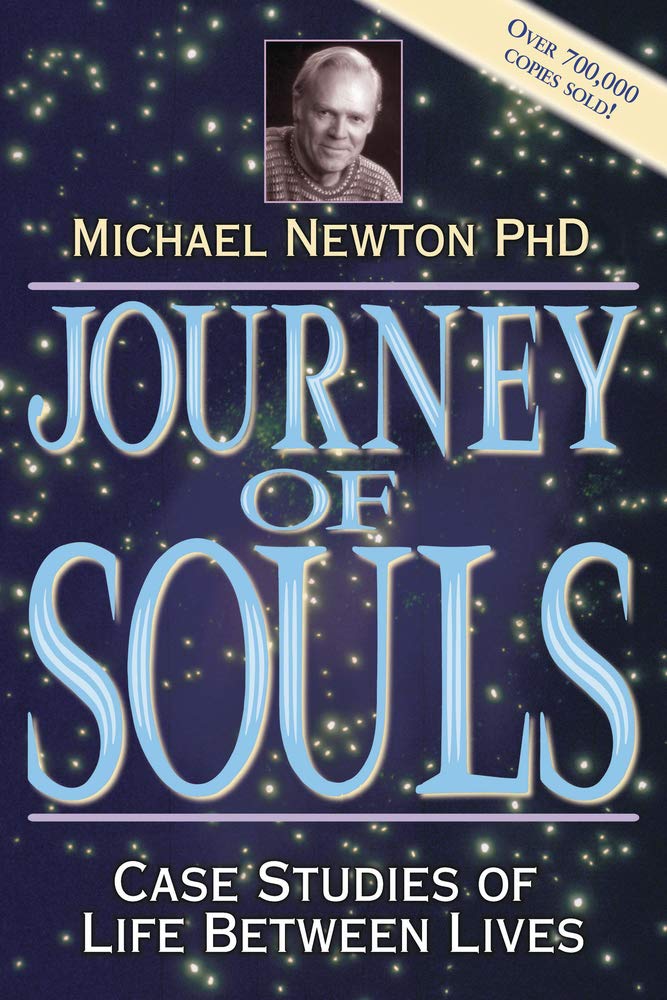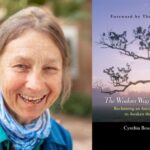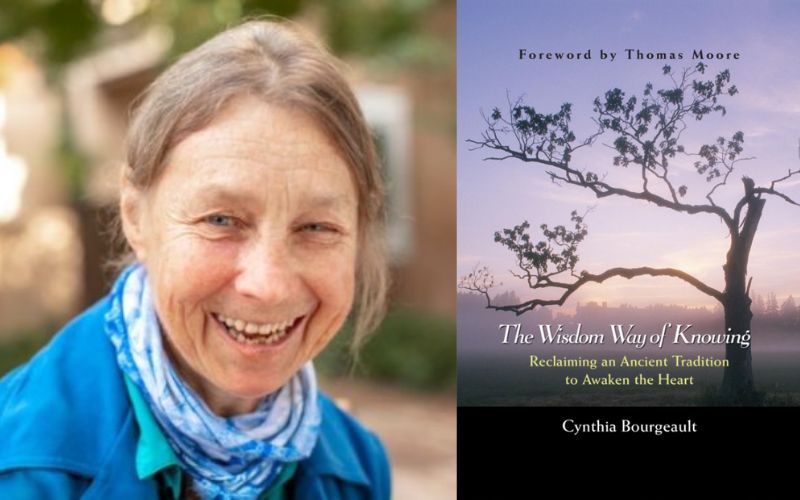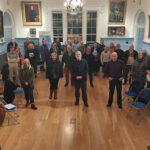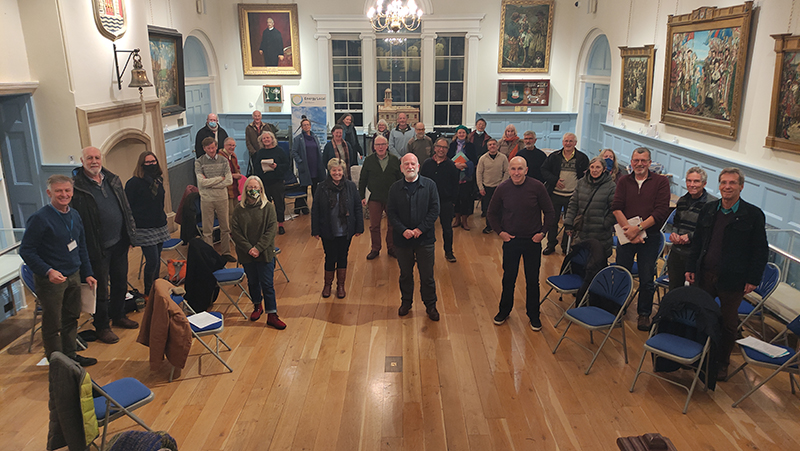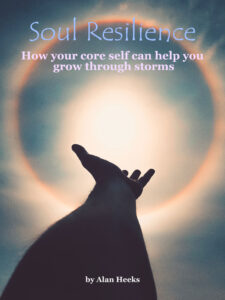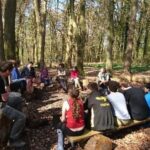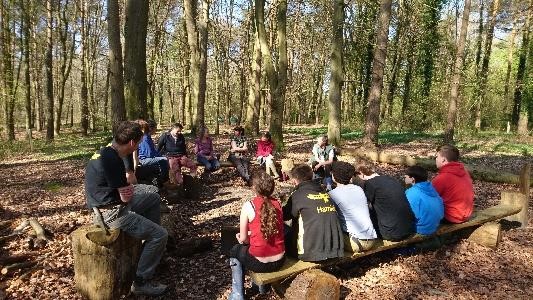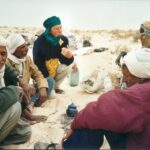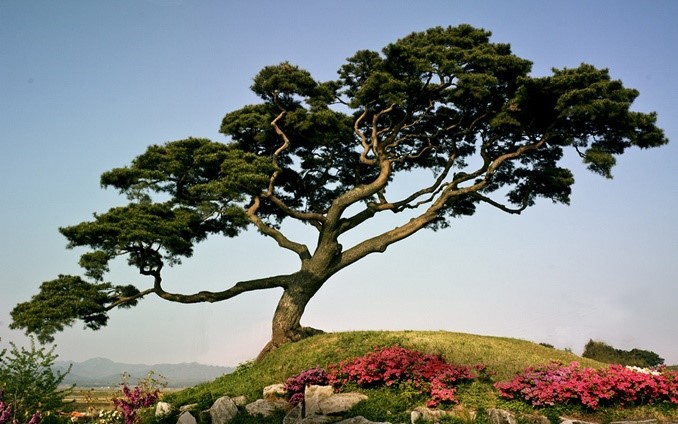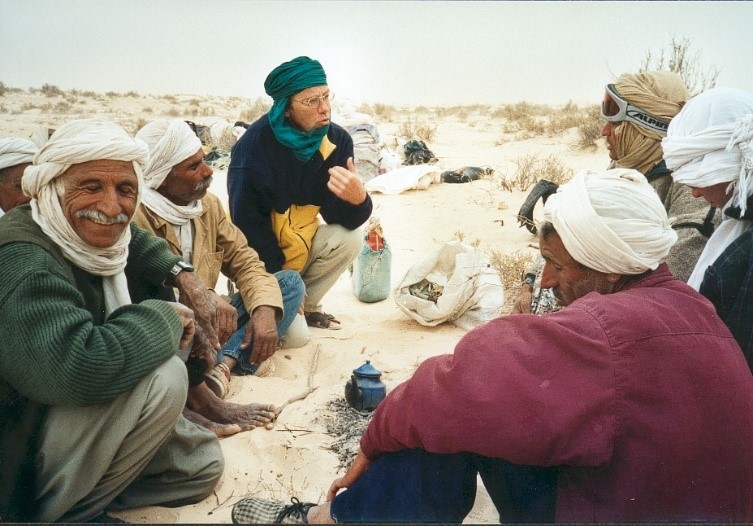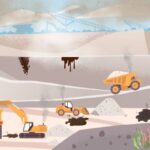
An extra-terrestrial view of our perplexities
When even slightly plausible explanations fail, it’s time to try some which look highly off the wall, so give this one a test flight. It came to me in a dream while on holiday in the wilds of the Pennines.
In my experience, dreams are one way that unusual insights can reach us, and bypass the logic circuits which confine us to ‘normality’. In this dream, I was an observer at a gathering of powerful people, maybe Davos. What struck me was how these outsize egos were short on wisdom, integrity, worthwhile direction. The comment came to me, “They’re manipulating the world, some for malice, some for kicks, some for profit.”
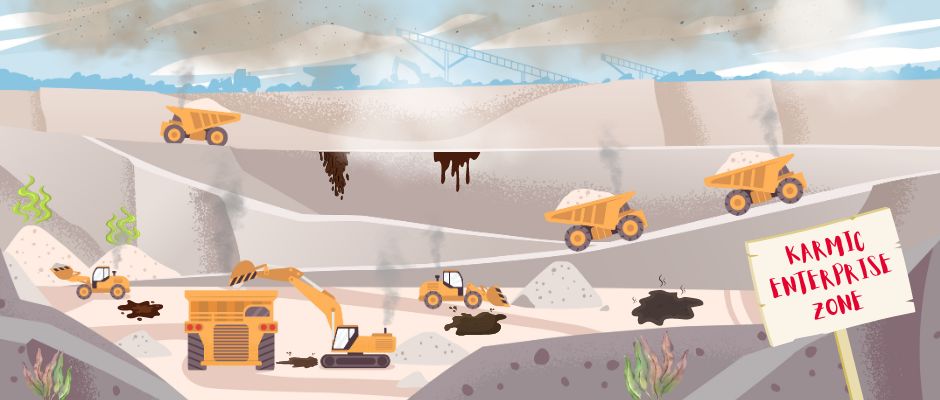
What would a Karmic Enterprise look like? Use your imagination!
My way of interpreting dreams is to do it as soon as I wake up, while my conscious brain is still quiet, and to ask for a guide to help me. So here’s what I got.
There’s no pattern, consideration or coordination to the way that many powerful individuals and organisations are manipulating our world, so the impact on the average individual is alarming, disorienting, and subduing.
Why is this happening: picture the Earth as a Karmic Enterprise Zone. An EZ is a place where irregular things can happen, normal rules are suspended. It’s Karmic because there will be consequences for all these individuals who are abusing their power. Perhaps through several incarnations, people like Putin and Musk will evolve into Dalai Lamas. They will learn from the consequences of their actions, eventually.
I then asked is there some positive point to this situation? Here’s the response I got.
While some might think this is just the random nastiness of life, it’s actually a highly advanced training opportunity, which only very few humans (and other life forms) will be able to take. It’s actually a chance to find our own centre, as individuals and as small communities, and to sustain our truth and integrity in a barrage of falsity and brutishness.
One crucial way to do this is by learning to listen to your soul, your spiritual self which travels through lifetimes, instead of your ego and external ‘reality’ running the show. The other key is to realise that you’re not alone in this quandary, though it can easily feel like it: we can re-discover our connections to angels, spirit guides, and great teachers like Buddha, Green Tara, and Jesus.
Here’s one of my favourite chants which may help you:
Angel Michael, Angel Gabriel
Angel Raphael, Angel Uriel
All the teachers of the light, help us in our earthly plight
Open up our other sight, all the teachers of the light
You can probably see that this implies that Earth plays a special role in a universe with conscious life on other planets. This extraterrestrial view is developed and explained in detail in a book I’ve found helpful, The Only Planet of Choice: see my summary blog here.
If you’d like to explore the idea that souls learn by their choices in a series of human and other lifetimes, I highly recommend the book Journey of Souls, by Michael Newton: see my overview blog here. You may also find one of my websites useful: www.soulresilience.net.
For anyone who is truly alone with their perplexities in these times, I offer my deepest sympathy: that seems an intolerable situation. Being able to share your feelings with some of your friends and family helps a lot. The qualities of community get ever more important, and you can see some of my explorations here: www.seedingourfuture.org.uk/adaptive-communities.
I hope that this blog has been helpful for you, and that it encourages you to call for your own illuminating dreams, and explore them!
